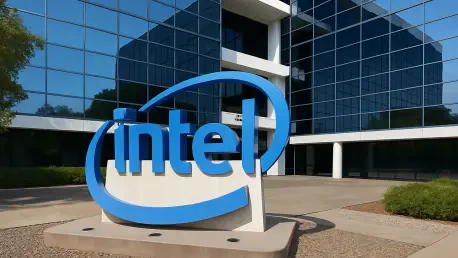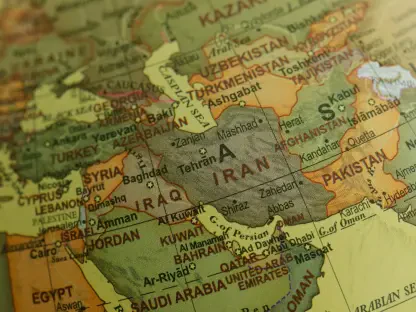In a rapidly changing technological landscape, Intel’s recent financial disclosures and strategic maneuvers paint a detailed picture of how the company is handling mounting competition. The journey reveals not just numbers but also underlying strategies to keep pace with industry rivals. Whether it’s meeting financial targets, reshaping workforce structures, or shifting focus to internal innovations, every move is executed to bolster Intel’s standing in the market. Notably, Intel’s second-quarter earnings stood at $12.8 billion, surpassing analyst estimates. However, challenges remain as the company faced impairment charges that affected its earnings per share. The announcement of a 15% workforce reduction highlights an aggressive strategy to streamline operations and resources. This significant move affects approximately 75,000 employees, reflecting how these decisions are not merely reactions but calculated steps towards maintaining competitiveness amidst pressure from AMD and Qualcomm.
Intel’s Strategic Adjustments
Intel’s pursuit in the foundry business, where it manufactures chips for third parties, has had mixed results. Although it generated $4.4 billion, exceeding forecasts, the foundry sector struggles against dominant industry giants. This challenge is reflected in Intel’s decision to alter its plans in major regions. The company canceled previously announced factory projects in Germany and Poland and slowed construction in Ohio. These changes indicate a shift in resource allocation, focusing more on their advanced 18A technology to boost internal chip production. Intel’s stock, which dipped by 5% in pre-market trading after its earnings report, yet remains up by 13% year-to-date, highlighting the complexity of its competitive landscape. Its market cap lags behind rivals like AMD and Nvidia, but Intel remains committed to technological advancement. This narrative of adaptation and resilience underscores efforts to maintain Intel’s position in an evolving industry. Intel’s recent months have been about recalibration and forward-thinking, adapting to thrive in a constantly changing sector.









